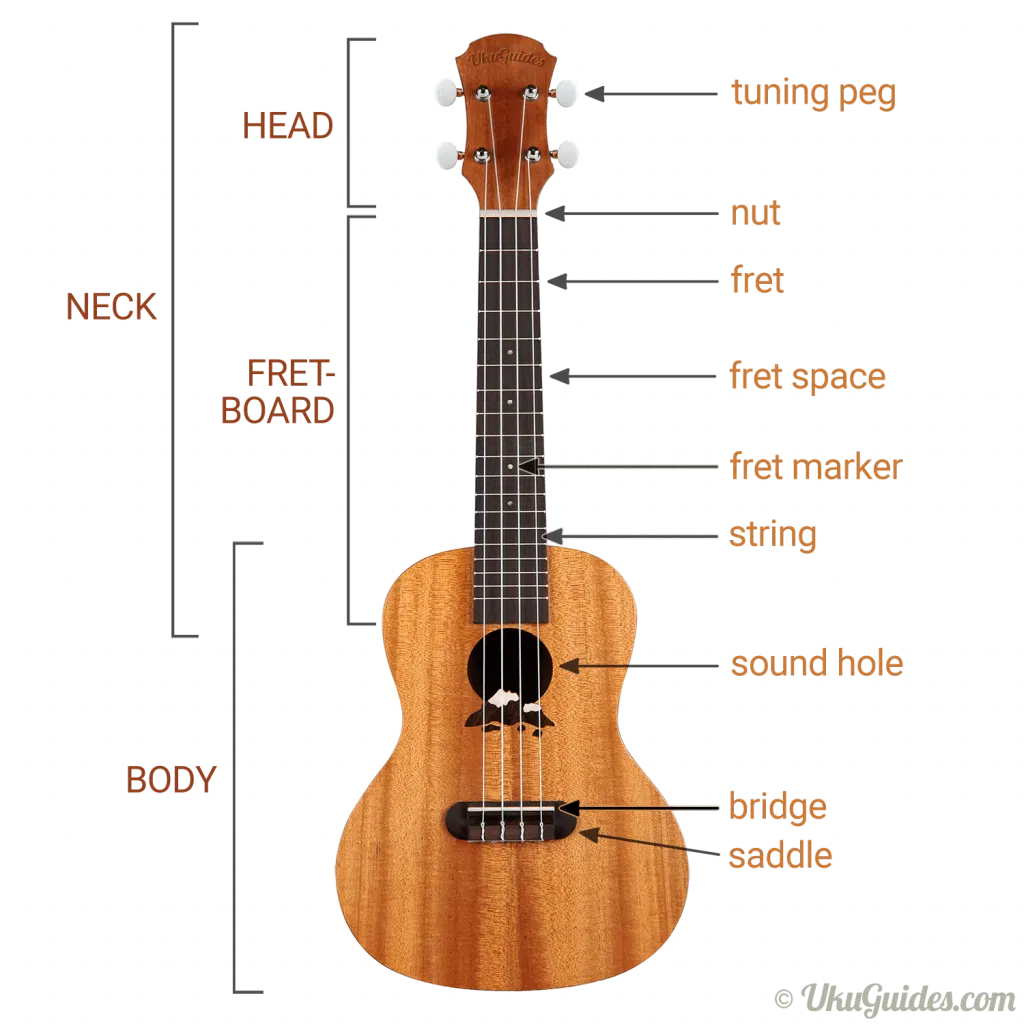
Ukuleles are classified according to their size. From smallest to largest the main four area soprano, concert, tenor and baritone. Specifically, the size is determined by the length of the string between the bridge and the nut i.e. the scale length.
The ukulele is easy to learn - Anyone who has had a child learning the violin will know the terror of practice time. It takes many months of practice for a child to produce in tune, pleasant sounding notes. This can be discouraging for both parent and child. The Ukulele for sale in uk, on the other hand, is much easier for beginners. Most children will be able to strum a chord or two within minutes of picking it up.
W: Workout Video: Watch an exercise video. Wait! Don't just watch it, move along with the exercise leader! Most libraries carry a large selection of children's exercise tapes. Check them out and try some new exercise moves.
To make music of the song with ukulele accompaniment it is important to be able to change between chords smoothly. I suggest that you work on the art of changing from one chord to another by choosing for exampel C and F.
It is of course preferable to use a tuner or piano or tuning fork in Ukulele tuning but it is not necessary to tune exactly to the concert pitch if you don't play with others.
The standard tuning for soprano, concert and tenor Ukulele for sale is C tuning which means the four strings will be associated with the pitch of G C E A. The 4th string is G, 3rd string is C, the 2nd string is E, the 1st string is A. That is when you strike the open string it sounds those notes. The G is tuned to the G above middle C on the piano, an octave higher than you might think. The baritone ukulele is tuned to D G B E with the sound going from low to high.
You can use your first finger for all the notes but a more Take a tour professional approach is to play the notes on the first fret with your first finger, the notes on the second fret with your long finger and the notes on your third fret with your ring finger.
The best way to pick up on these chord variations is to listen to the melody. It's often easier to work out single notes than it is full chords. If you can figure out how to play the melody, all the better. Melody notes are often picked up on in the chords. So if you can find these notes, they will help you find those subtle chord variations.